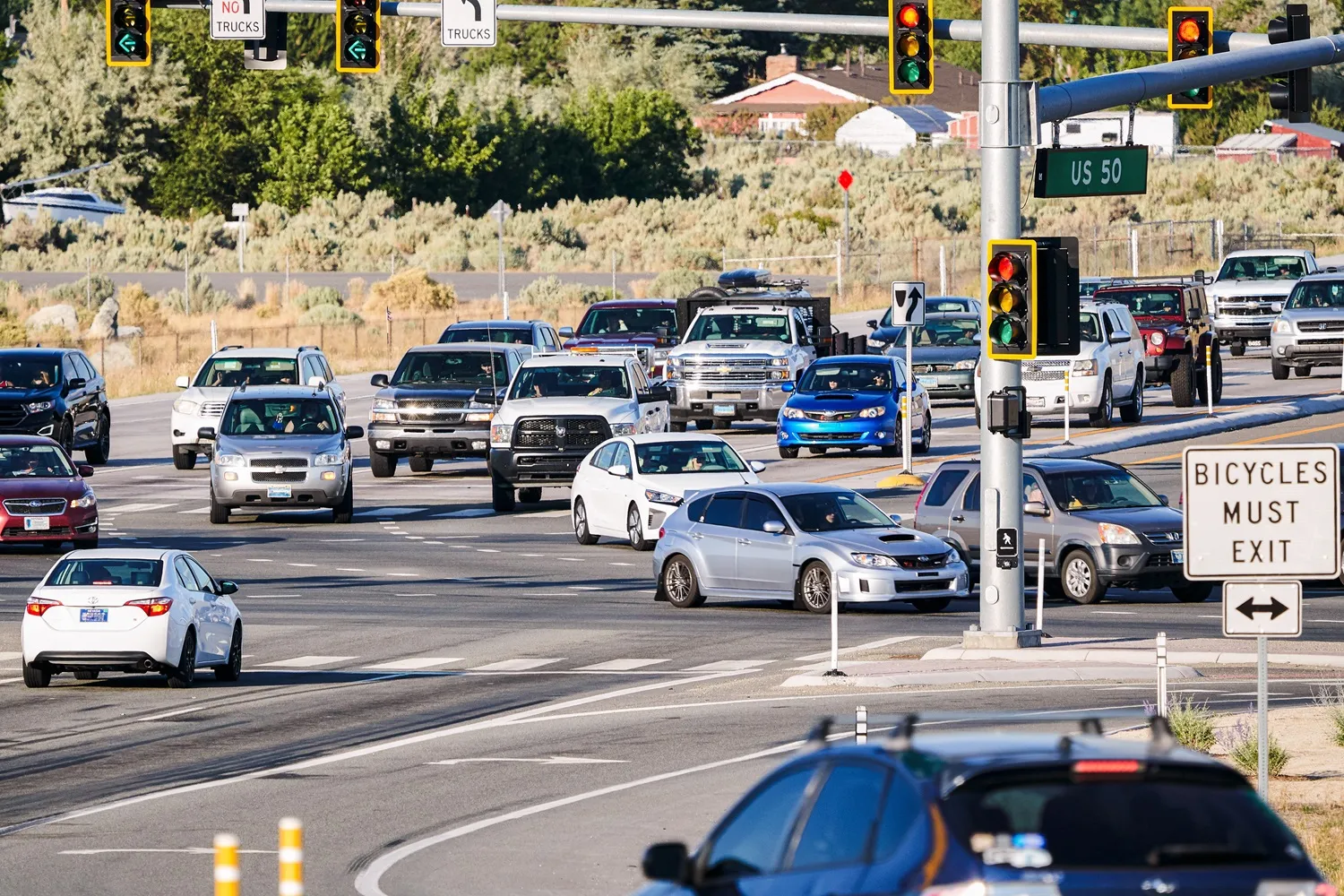
The
The new product is expected to allow operators to schedule groups of intersections to be remotely updated at a specific time without the need for a central traffic management system. At a designated time, the web-based solution will execute the update and controller safety checks will validate the software.
Mike Clance, Q-Free product manager for Intelight systems, says: “The potential cost savings for a mid-sized agency with 300 signalised intersections could be up to $30,000 per upgrade before considering equipment fees or travel time to and from each location.”
The solution is being launched following an agreement with the
It is available for free to current and future operators of the Intelight Maxtime local controller software, which offers advanced tools and functionality for smart mobility and connected and autonomous vehicles.










